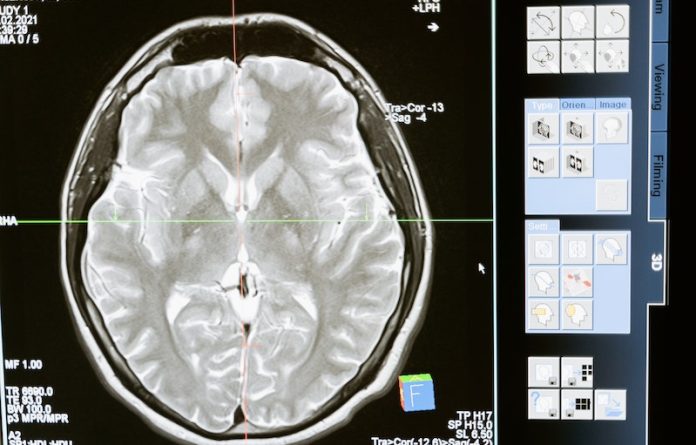
In a study from Cardiff University and elsewhere, scientists found two new genes that raise a person’s risk of developing Alzheimer’s Disease.
They compared 32,000 genetic codes from patients with Alzheimer’s disease and healthy individuals.
The research uncovered several new genes and specific mutations in those genes that lead to the development of Alzheimer’s disease.
They found rare, damaging genetic mutations in the genes known as ATP8B4 and ABCA1 which could lead to an increased risk of Alzheimer’s disease.
The researchers also found evidence of genetic alternation in a further gene, ADAM10.
These findings point towards very specific processing in the brain, which includes differences in the brain’s immune system and how the brain processes cholesterol.
These differences impact brain functioning and lead to the development of Alzheimer’s disease.
Alzheimer’s disease is the most common form of dementia in the UK. An estimated 60–80% of the risk of Alzheimer’s disease can be explained by genetic factors.
For early onset Alzheimer’s (under 65 years), this increases to more than 90%.
This study helps expand our knowledge about who is at risk of developing this form of dementia.
These genetic discoveries also allow researchers to understand the mechanisms underlying Alzheimer’s, as well as create genetic models of the disease to develop targeted therapies in the future—through new drug-based treatments or even gene therapy.
The Dementia Research Institute at Cardiff University is well-placed to apply this research and take it forward to developing disease models.
If you care about Alzheimer’s disease, please read studies about why some older people less likely to have Alzheimer’s disease, and this daily habit could help treat Alzheimer’s disease.
For more information about brain health, please see recent studies about common food that may reduce vascular disease in the brain, and results showing these antioxidants could help reduce the risk of dementia.
The study was conducted by Professor Julie Williams et al and published in Nature Genetics.
Copyright © 2022 Knowridge Science Report. All rights reserved.



